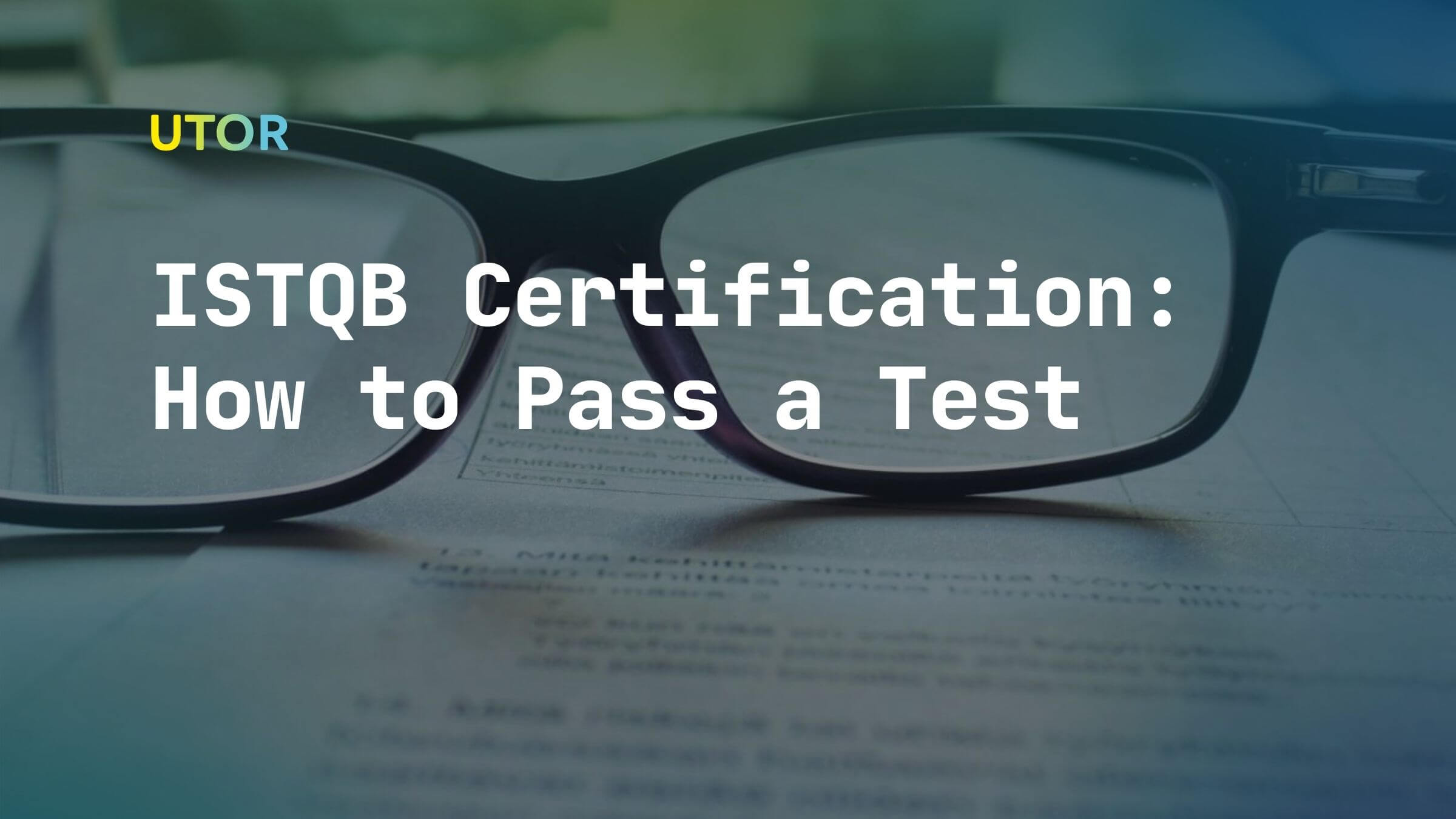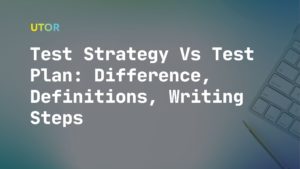In this article, you will get to know what is ISTQB exam certification and the best ways to prepare for it. The material is a translation of an article by Victoria Pysarenko published at DOU.ua, a media and a forum about IT. The article is based on the ISTQB certification review of the author.
What is the Aim of the Exam?
Although today’s diplomas and certificates almost don’t influence the remuneration of QA specialists, many specialists find ways to get international proof of their expertise. Speaking about the ISTQB Certification importance, is one of the most popular ways to get such proof in more than 100 countries.
ISTQB certification is a complex exam. Are you interested how many levels are there? You can get tested in expert, advanced, and foundation levels in agile, core, and specialist directions. In particular, the ISTQB Foundation level certification is a base of higher-level certificates. Does the ISTQB certification help to get a promotion or a better salary? It doesn’t, but it gives more chances to grow professionally.
To pass the ISTQB certification exam, you need at least two things. Firstly, you should be aware of the chosen area of knowledge. Secondly, you need to be skillful in completing the certification. It’s not enough to be good at testing and know the SDLC (Software Development Life Cycle). It’s important to think like the creators of the test.
The tests are not as simple as they might seem at first glance. The majority of questions may perturb you. There can be questions with either two correct answers or no correct answer at all. There is one more category of questions about something never mentioned before just to keep you on your toes. I’ll tell you about everything step by step.
How to prepare for the ISTQB Certification Exam
After you figured out the basic issues such as how to register for ISTQB certification,
it’s time to get ready for the test. There is a short ISTQB certification preparation guide below.
- Learn a Syllabus (78 pages)
- Read and understand a book Foundations of Software Testing ISTQB Certification (207 pages). Even to my humanitarian’s mind, the book is wordy and wishy-washy
- Read and particularly learn the ISTQB Vocabulary
- Answer 500 Sample questions. Unfortunately, ‘sample’ doesn’t mean ‘simple’
- Read additional resources, do other tests, install the app for more practice
- Since it is difficult to cope with all of the mentioned things on your own, it’s advisable to join the specialized courses. It can be also useful to talk to people who have already passed the test and who can share their experience
During the preparation, you acquire your own vocabulary of synonyms. Those who passed the test will understand me. Sometimes I have a feeling that all of those words substituting one another are used to confuse a testing specialist.
For example, the clear ‘Black-box testing’ is synonymous with ‘Specification-based’, Input/Output-driven, and Behavioral. Аnd ‘White-box’ means the same as ‘Structural’, ‘Structure-based’, ‘Clear-box’, and ‘Glass-box’. It takes effort to learn different names of the same thing.
Another case is that the test contains words that are very similar in writing and absolutely different by meaning. For example, ‘Maintenance Testing’ and ‘Maintainability Testing’ are absolutely different things. In terms of the limited time, it’s really easy to confuse such words. Another example is ‘Decision condition testing’ and ‘Decision table testing’. These are examples of absolutely different approaches. The first approach is aimed to check the code for all the possible condition consequences. Another approach is a Black-box technique of creating tables of certain solutions based on multiple conditions. It’s a great test to challenge your attentiveness.
What You Will Learn During the Preparation
Getting ready for the test, you will learn a lot of things. I’ll mention a few interesting aspects of the preparation process. Here they are:
- Structuring theoretical information
- Strengthening theory by the practical tasks
- Dealing on all the aspects of testing including the software, manager’s work aspects, risk assessment, team interaction, and the work models in general
- Types of static and dynamic testing, types of Black-box, and White-box testing techniques
- The fundamental and detailed testing process with examples
- Tasks of the Test Lead and a testing specialist
- Testing a plan answering the questions what? how? what for?
- Risk management in terms of testing
During my preparation, I came across really useful and interesting phrases found in «Foundations of Software Testing. ISTQB Certification» and «Standard Glossary of Terms Used in Software Testing». Here they are:
- We should understand what is quality for customers and what are their expectations
- We have a choice to test everything, test nothing, or test a part of the functions (we take into account risk assessment to define how much testing is needed)
- Testing is a process that includes all the activities of a lifecycle both dynamic and static, related to testing, preparation, evaluation of the software product, and the results of work. All the mentioned activities should prove that the product complies with the requirements and show that they match the mentioned aims
- One of the seven principles “Misconception of the absence of mistakes” informs that detecting and fixing defects won’t help if the created system doesn’t meet a customer’s expectations and needs
- The comprehensive testing is unreachable
- The QA process consists of the following directions of work: planning and management, analysis and design, implementation and realization, evaluation of the outcome criteria, creating reports, and after-testing activities
Related: What Does a QA Engineer Do? All About QA Job Description, Roles, and Duties
- The ‘oracle’ test is a source of the expected result (not a code) to compare with the actual result of the tested functions
- The needed skills of a QA include an app or a business domain, technology, and testing
- Risk isn’t a factor that can cause negative outcomes in the future, usually, it is expressed via probability and influence
- The risk of the project is a risk related to project management, control, or testing within the project. For example, the lack of staff, tough deadlines, change of the requirements, etc.
- The product risk is a probability that the system or the software may not meet some rational expectations of a customer, a client, or a stakeholder
After you pass the exam having gained a certificate with the ‘Completed’ inscription, you understand that all the efforts were worth it.
Decided to strengthen your QA expertise? Maybe it’s time to start getting ready for the exam. By the way, it’s possible to get ISTQB certification online. Good luck!








